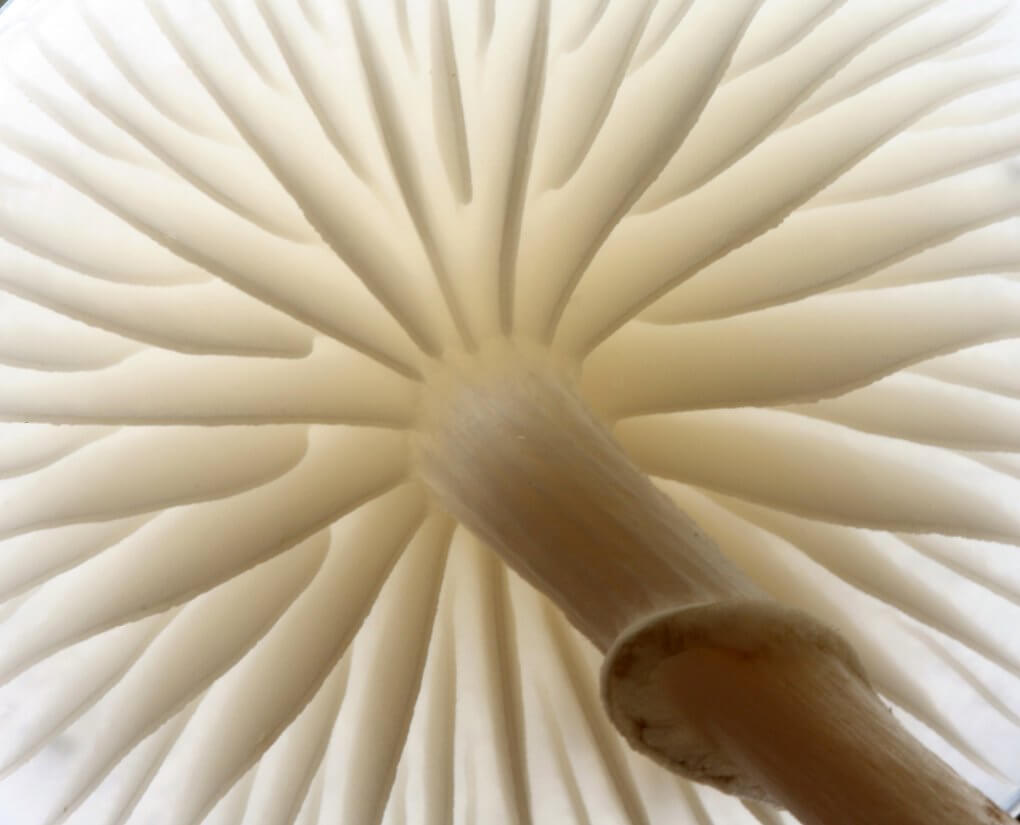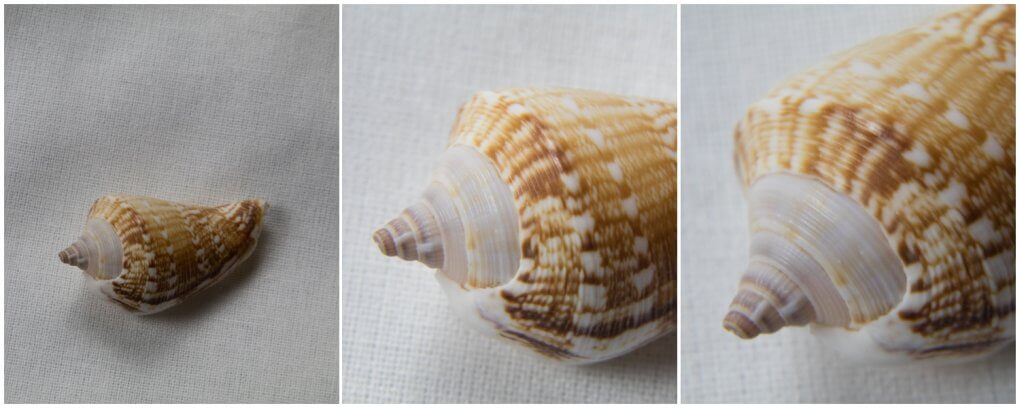
Using Close-up Lenses and Other Accessories to Take Macro Photos
There are many different lenses used in photography for different purposes. Having different lenses makes the hobby expensive and it is also difficult to transport the equipment. It is possible to use smaller and cheaper accessories to save money and space. Close-up lenses, extension rings, reversing rings and coupling rings allow you to take macro photos without a specialist macro lens. In this article we will talk about the difference between a close-up lens, intermediate ring, inverted ring and coupling ring.
Using a Close-up Lens for Macro Photography
One way to turn a standard lens into a macro lens is to use a close-up lens. The close-up lens is a simple threaded lens that attaches to your standard lens. The close-up lens must fit the lens, so make sure it is compatible when you buy it. They also have a thread on the outside to accommodate other accessories such as filters.
The power of a close-up lens is measured in diopters, the higher the diopter, the greater the magnification. The best lenses to use are a standard zoom lens or a telephoto lens. Again, the longer the focal length, the greater the effect.
The brand Raynox makes a flexible close-up lens that snaps into place rather than using the threads. This allows it to fit a range of lenses and gives you more flexibility. The lens is made out of 3 optical glass lenses rather than just one, which allows for a higher imaging performance compared to conventional close-up lenses. It should be noted that vignetting can occur with large-diameter lenses, however, this can be fixed by zooming in slightly.

Both close-up lenses and macro attachments usually only allow a relatively small area to be brought into sharp focus. Therefore, the aperture should be reduced to achieve a larger depth of field. It is recommended to use a tripod when shooting with small apertures and slower shutter speeds. In addition, a flash can help compensate for the light.
Using an Intermediate Ring for Macro Photos
An intermediate ring is attached between the body and the lens. By lengthening the lens, the closest focusing distance is reduced. This means that the lens can be placed closer to the subject.
There are automatic and manual extension rings. Automatic extension rings allow the camera to communicate with the lens and all the automated lens features continue to work. However, the automatic extension ring is more expensive to purchase than the manual one. The manual rings interrupt the controls of the lens and therefore everything should be adjusted before the extension ring is mounted. Since the extension ring restricts quite a bit of light it is recommended to open the aperture wide. You can get best results with wide-angle lenses.
The second disadvantage to using an intermediate ring is that the lens must be positioned close to the subject. This might disturb living subjects and it also makes it more difficult to take photos of them.

Turning a Telephoto Lens into a Macro Lens Using a Reversing Ring
A reversing ring also called a retro adapter, allows you to attach your telephoto onto the body the wrong way around. This overrides the close-up limit and magnifies the subject. As with the extension ring, the automatic control between the body and lens is interrupted, which means that the camera can only be operated manually. There is a more complicated and expensive version of the reversing ring that allows the lens to communicate with the body. This consists of 2 rings; one attaches to the base of the lens and transfers the data via wires to the ring situated between the lens and the body. Since the reversing ring also obstructs some of the light, the widest open aperture and a lot of ambient light is needed for good exposure. The reversing ring also requires a small distance to the subject to be able to focus.
Using a Coupling Ring for Macro Photography
The coupling ring is a combination of an intermediate ring and a reversing ring. It makes it possible to connect two lenses. The first lens attaches to the camera and the coupling ring is screwed onto the end of the lens and this allows a second lens to be attached to it facing backwards.
The best combination of lenses is a telephoto zoom lens and a wide-angle lens. Attach the telephoto zoom lens to the bayonet and use the wide-angle lens in the retro position.
Tip: If the two lenses do not have the same diameter, use a filter adapter to match the sizes.

Conclusion
Out of all the options mentioned, the close-up lens is the easiest to use because it is attached to the end of the lens and does not interfere with any functions. Intermediate, inverted and coupling rings offer a higher magnification but they can become more expensive if you do not want to be restricted to a manual lens. Ultimately, all variants are a great way for getting closer to the result of a macro lens. You can experiment with micro photography before you invest in any expensive lenses.
